Honda doesn’t mess around with the Type R brand. When a car bears the name, the chances are it’s a machine for the history books. For an early example of this, look straight to the Integra Type R.
The first generation Type R, codenamed DC2, was introduced in 1995 and was the second Type R product after the Honda NSX first got the treatment. The second generation DC5 was produced from 2002 until 2006. Both cars immediately impressed in their sole market of Japan, and that success helped it become UK-bound only two years later.
Out of the DC2 and DC5 generation, however, which should you go for? Let's investigate both cars in turn.
Honda Integra Type R (DC2) used buying guide
Us Brits received 500 examples of the DC2, each with a starting price of £22,500 – equivalent to around £39,500 in today’s money – so it wasn’t exactly cheap. In fact, it cost more than either the Nissan 300ZX or any four-cylinder Fiat Coupé did back then.
Evidence of the Integra Type R’s greatness begins with its atmospheric (both literally and figuratively) engine. The 1.8-litre four-cylinder is unruly, with a turbo-less 187bhp thanks in part to Honda’s VTEC variable valve timing. Exceed 6500rpm and it surges spiritedly towards a vertiginous 8700rpm redline. And if you think that’s mad, wait until you get a load of one with an ECU from tuner Spoon, because it can raise that number into five figures.
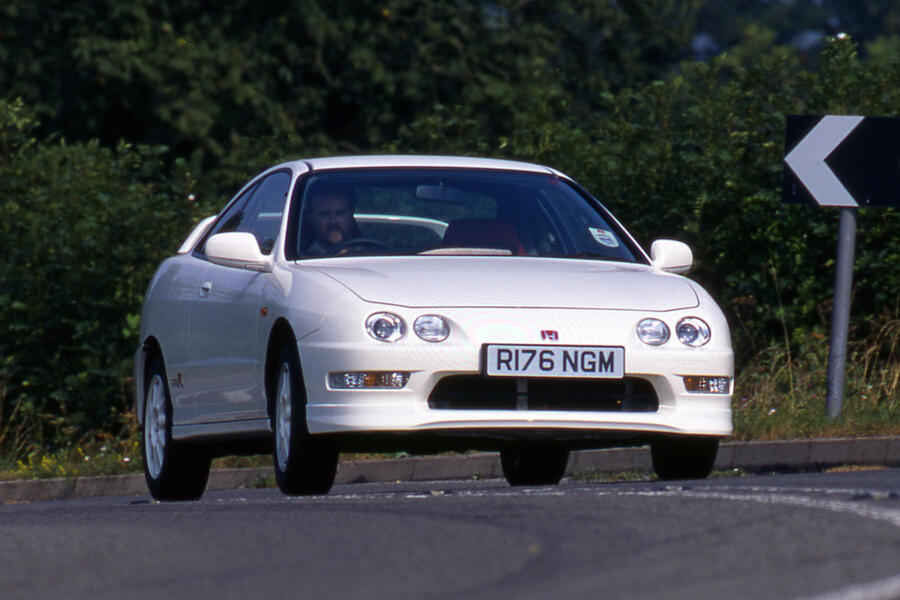
As well as peak power and torque being up high in the rev range – 8000rpm and 7300rpm respectively – you’ll also find the most fun there. Hearing this tiny two-door scream a mighty battle cry, one unique and synonymous with these classic Type Rs, is quite the experience.

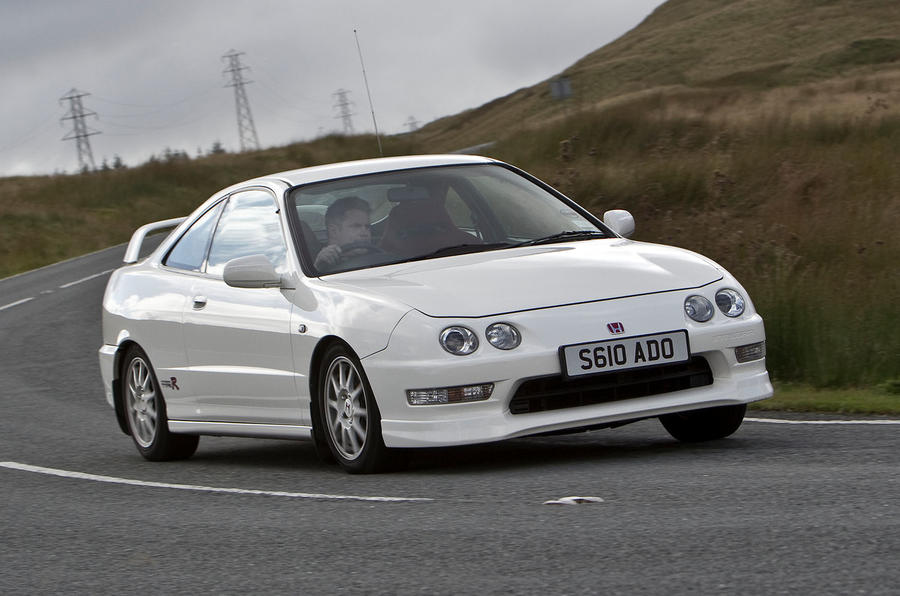
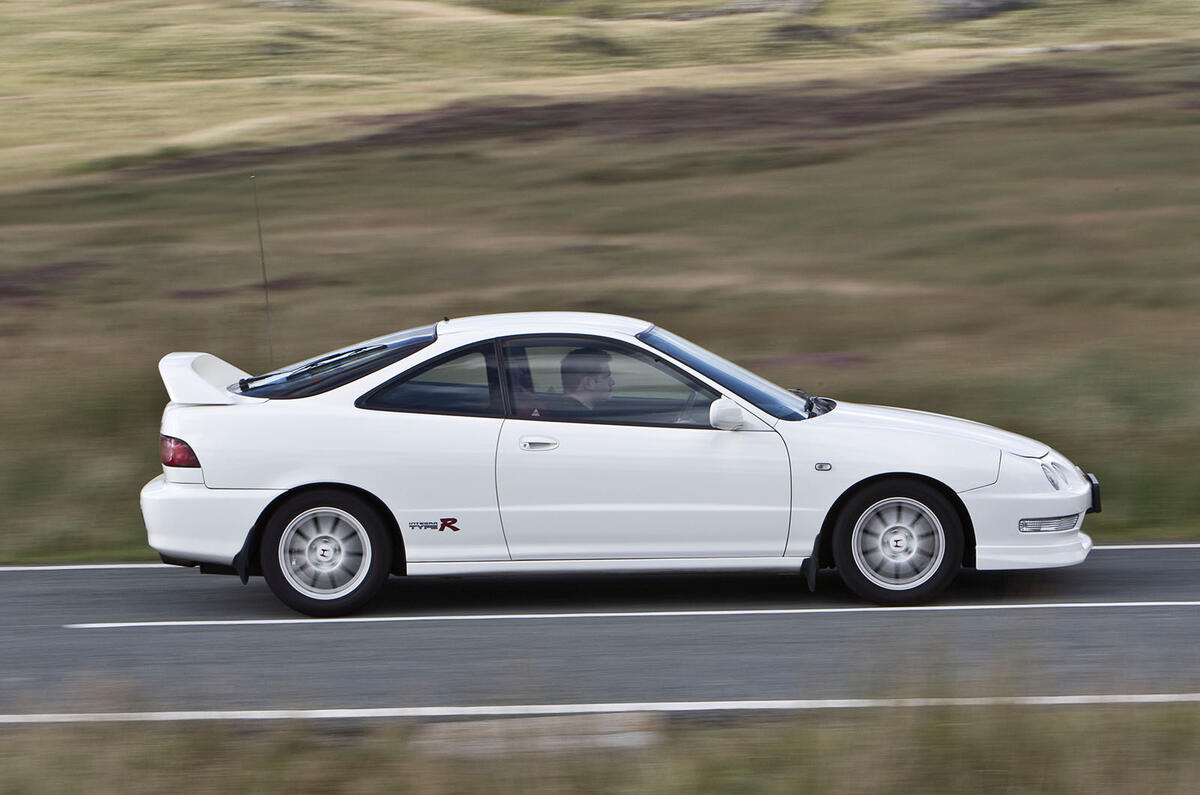

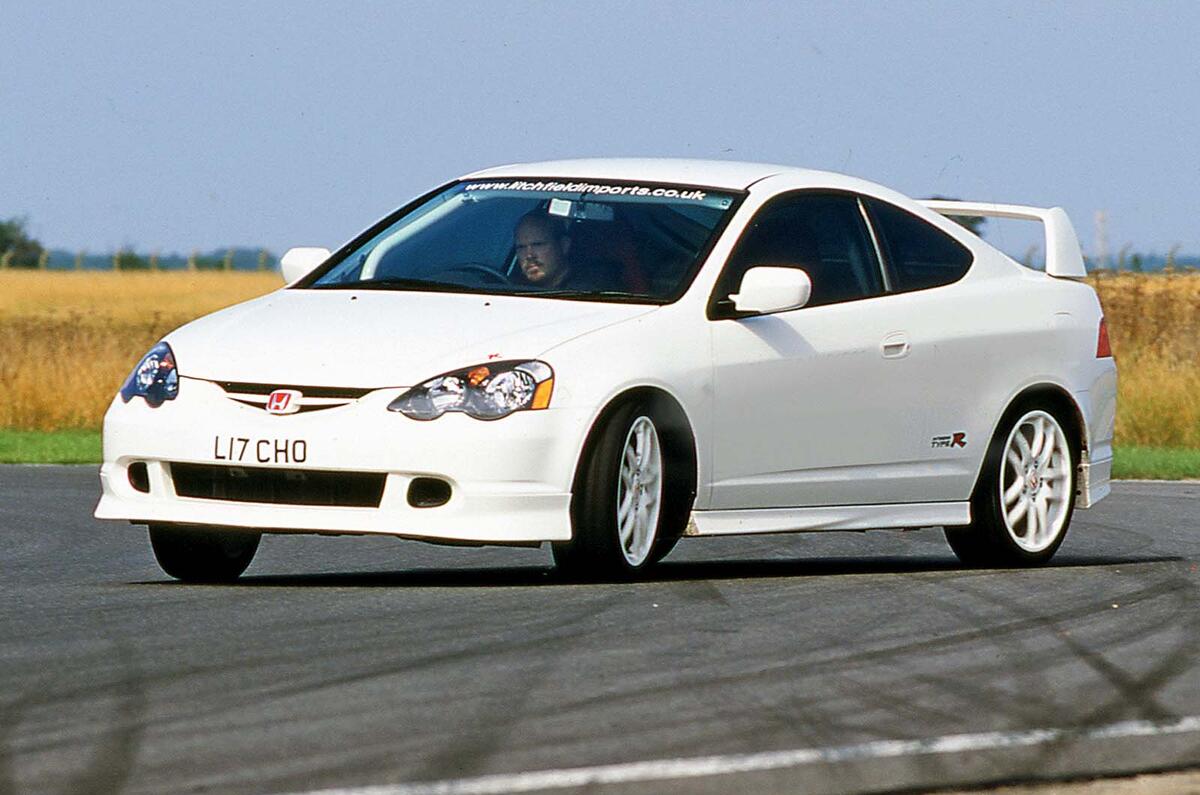
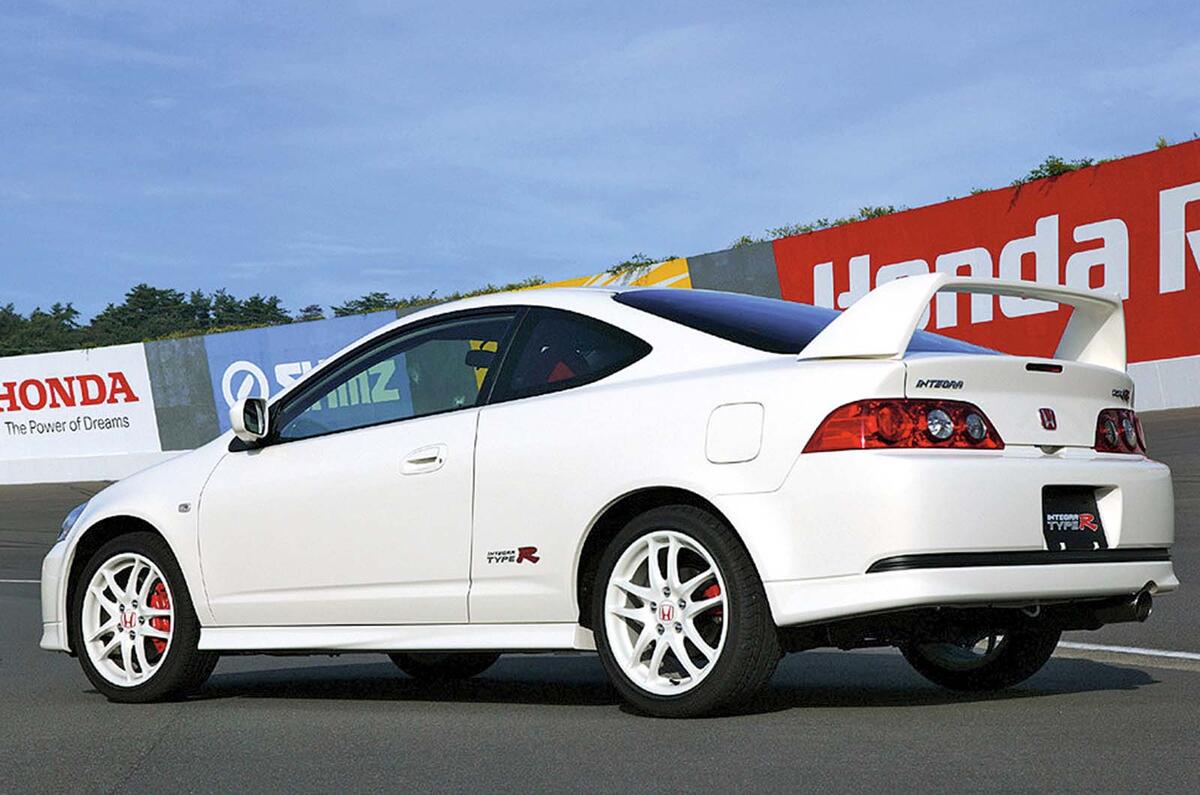
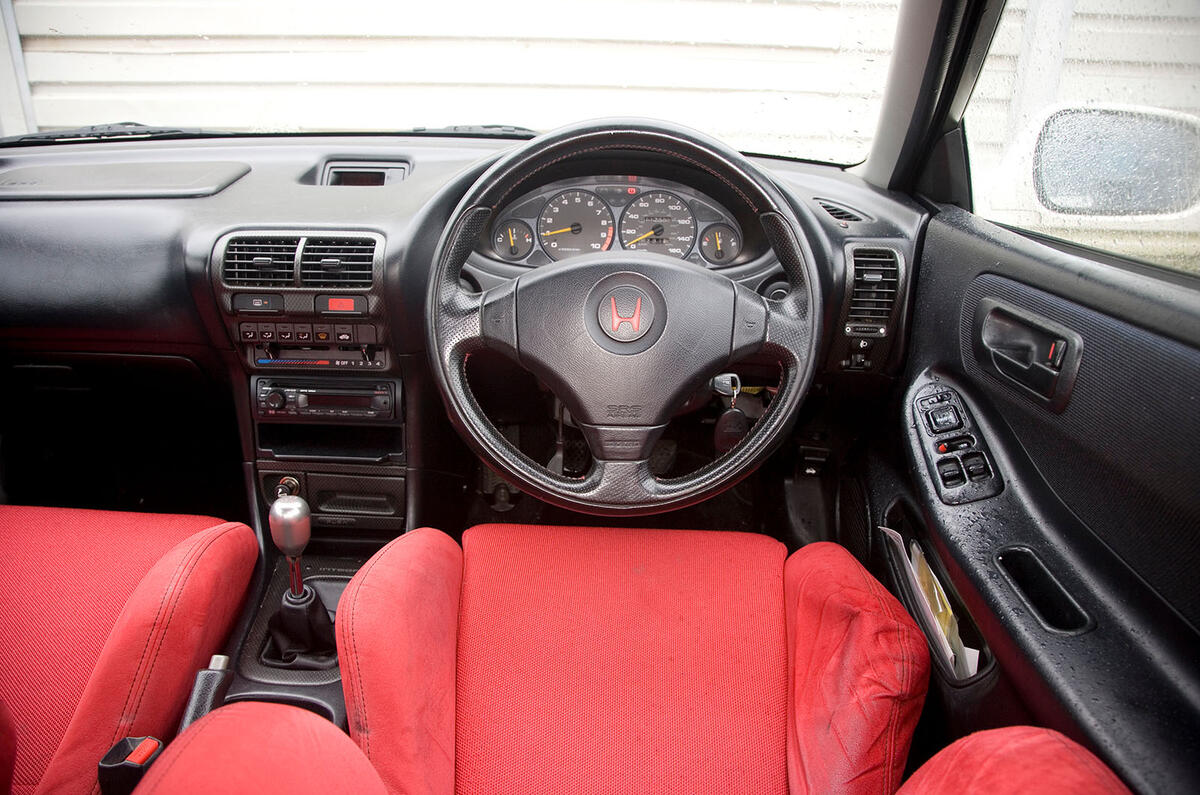
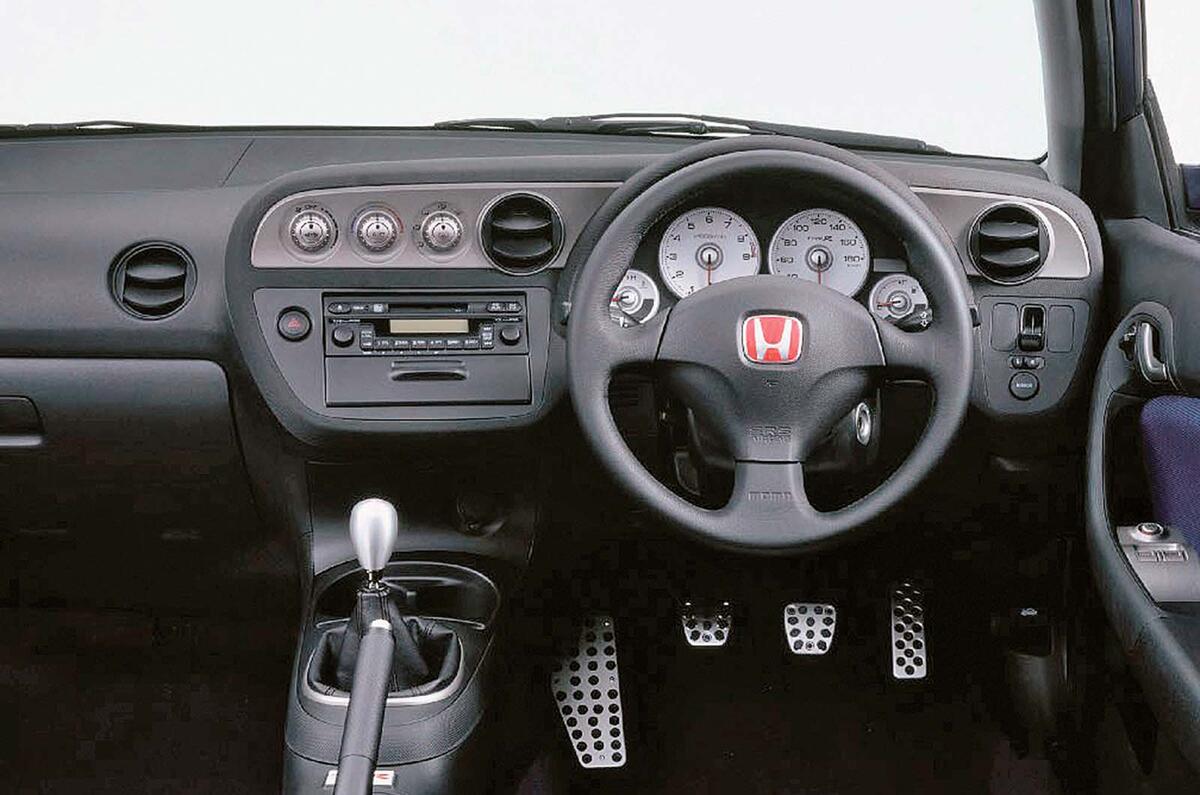
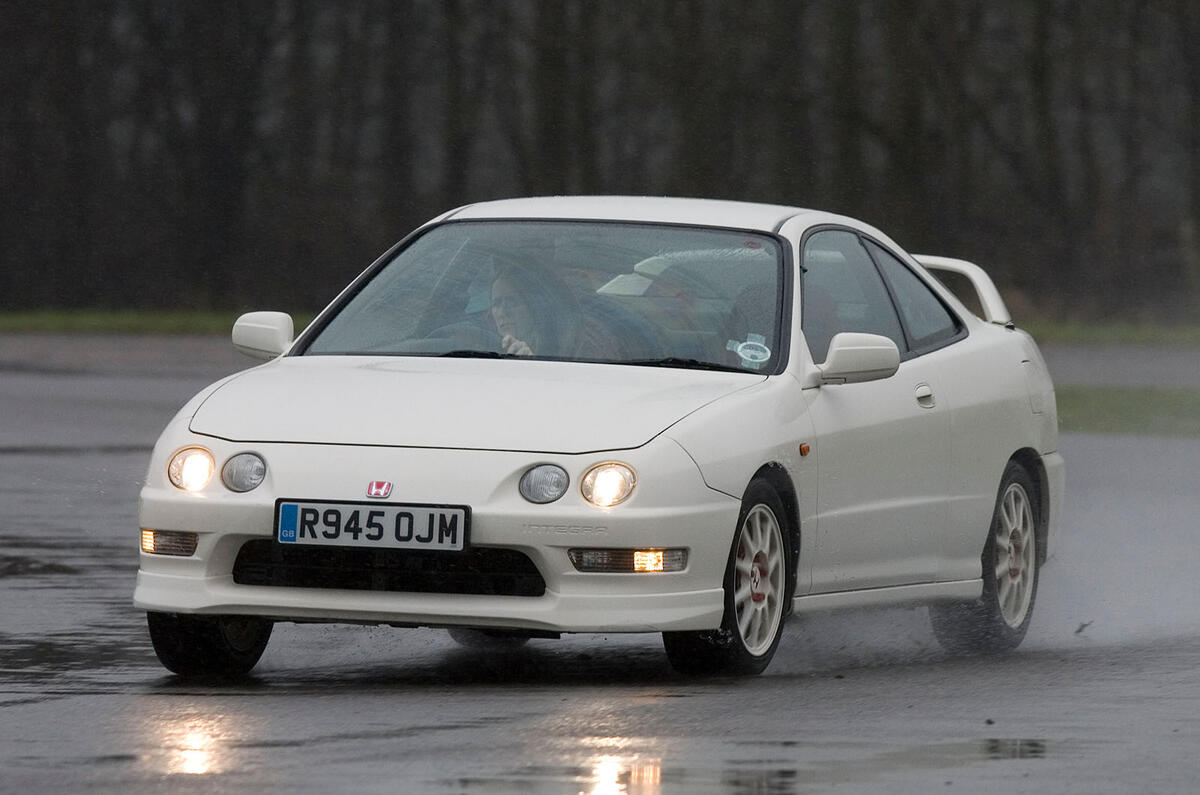
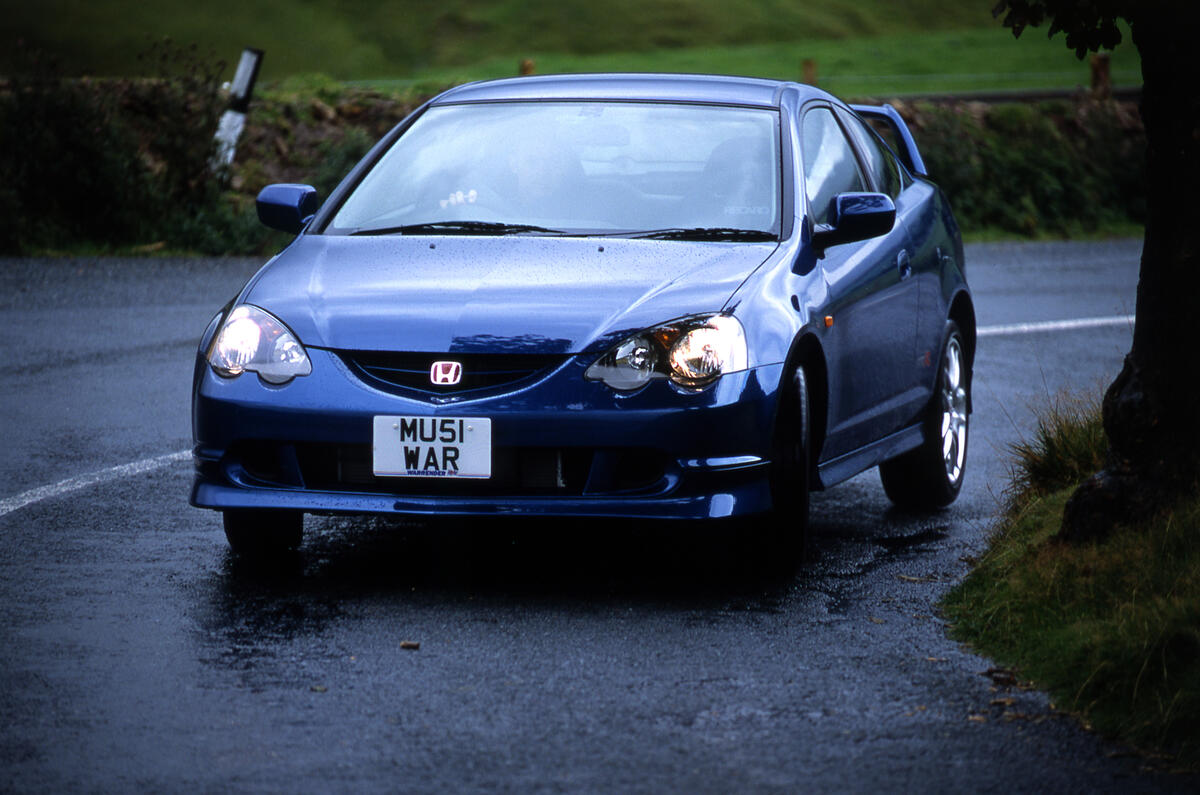

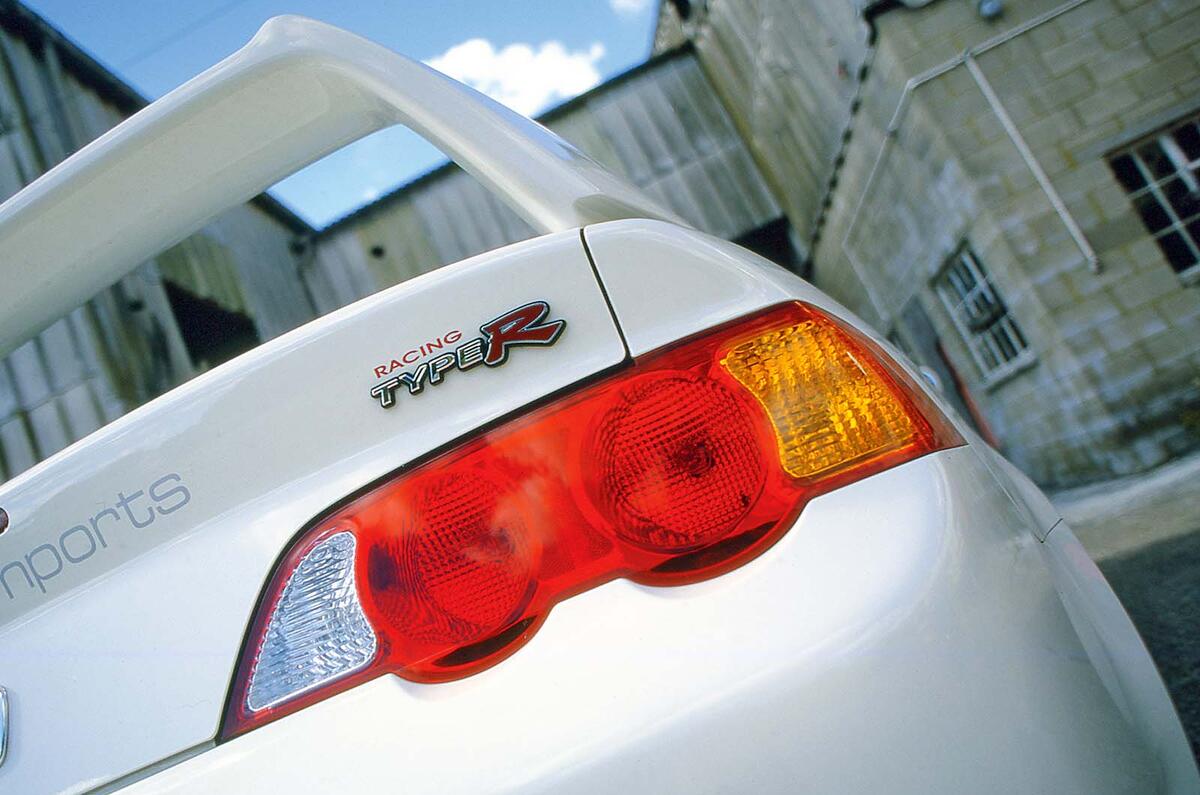
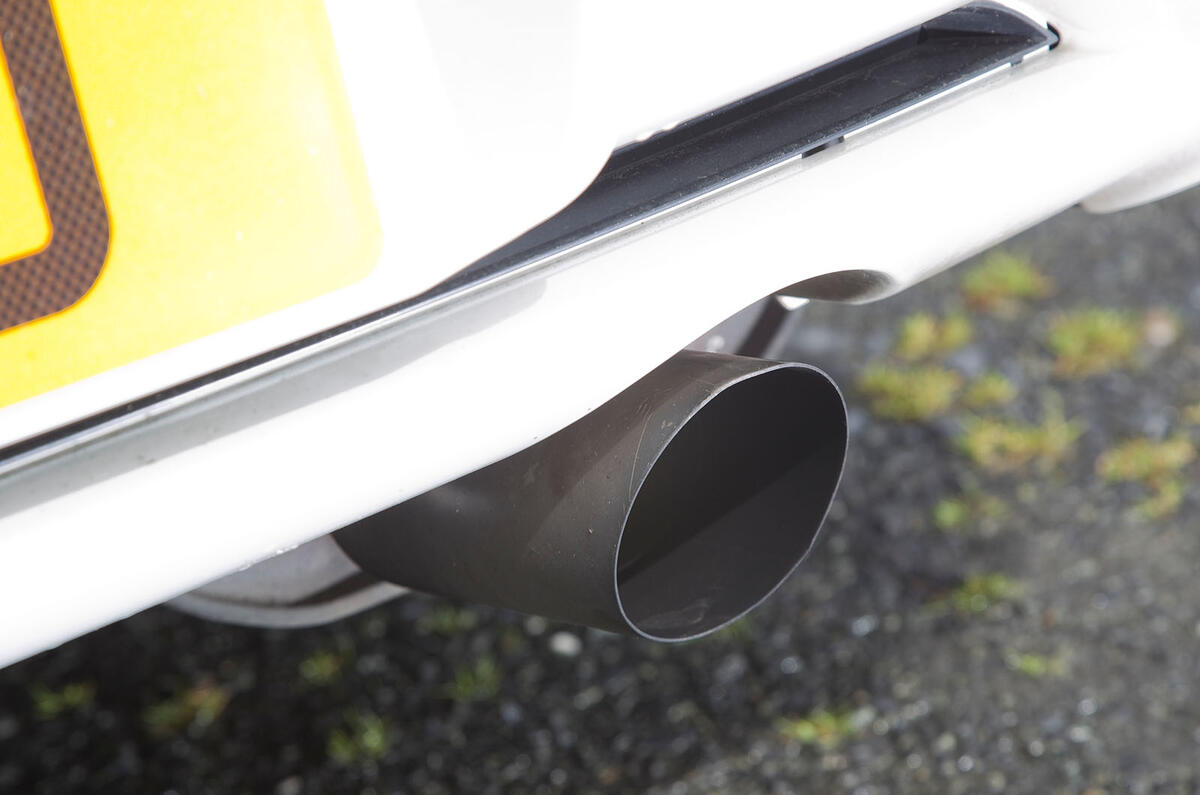


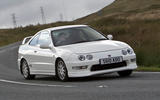













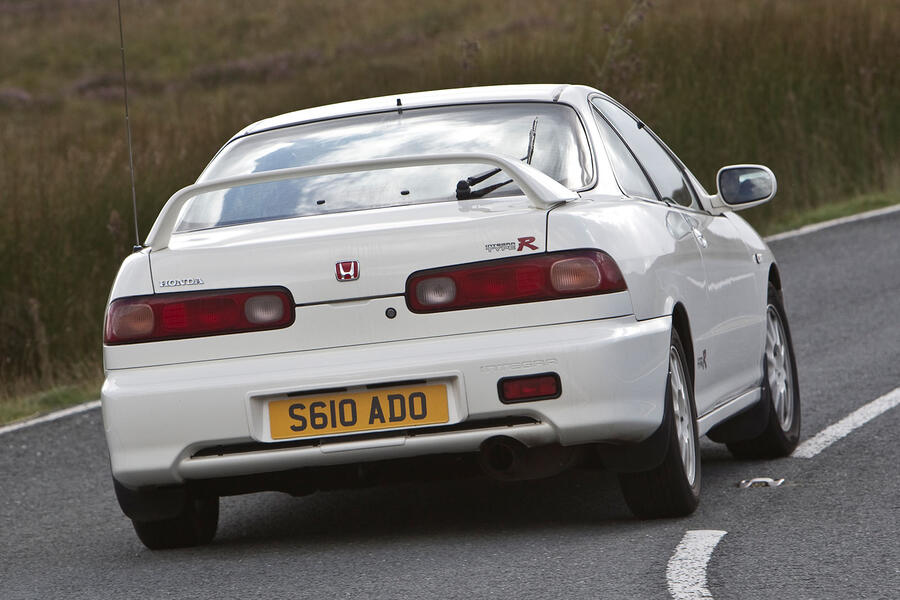
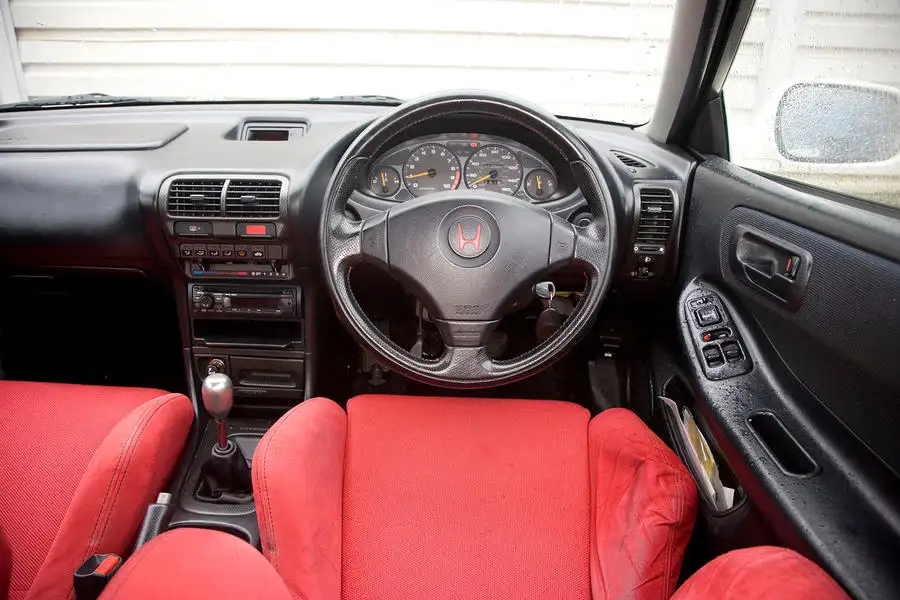
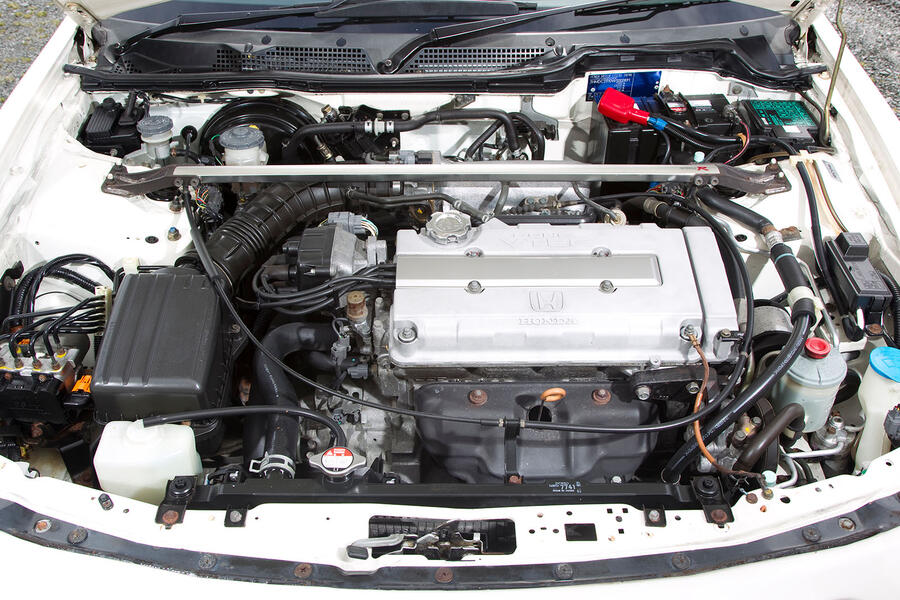
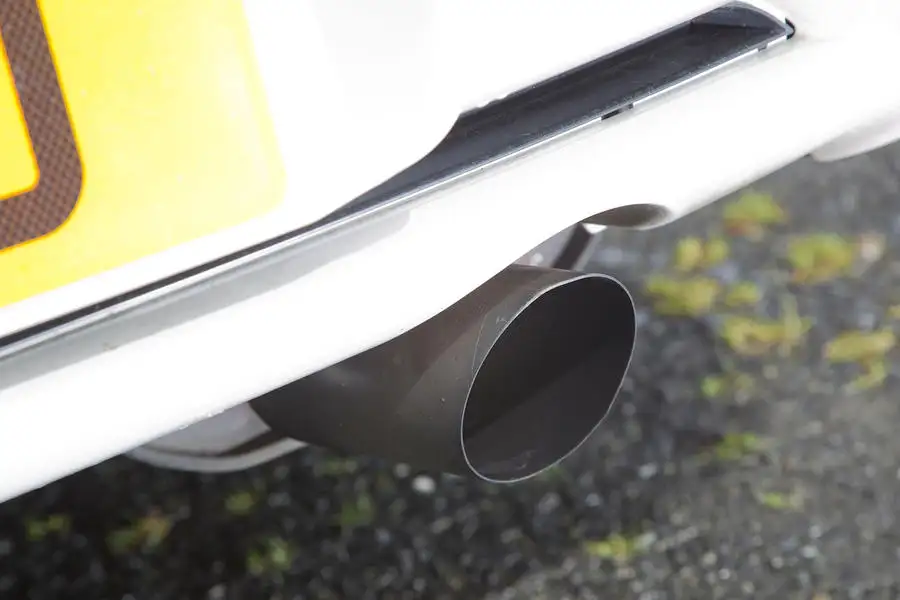
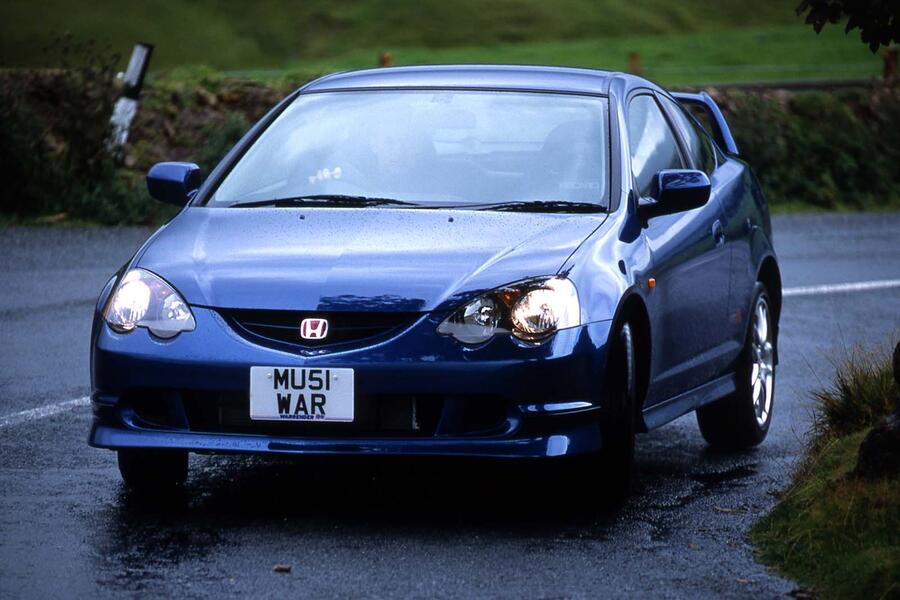
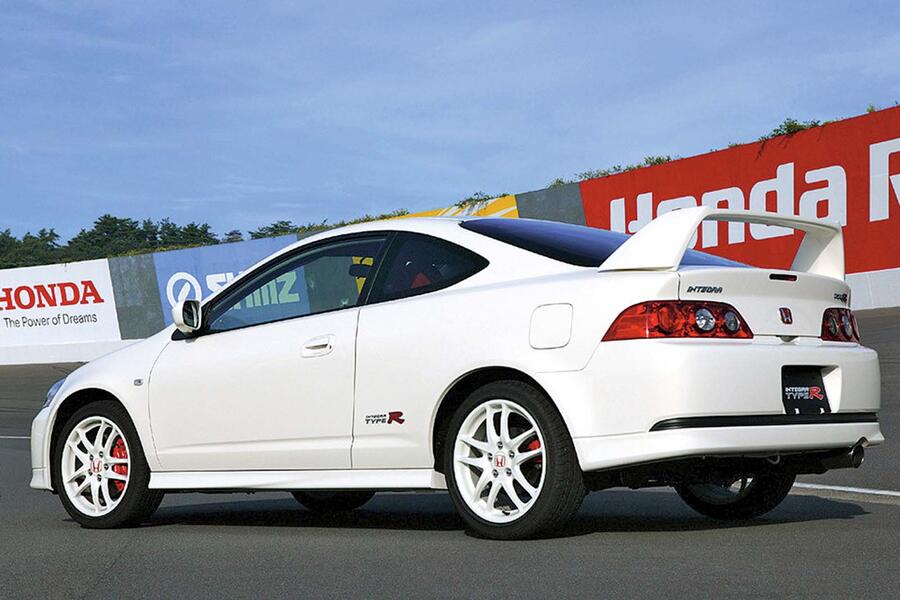
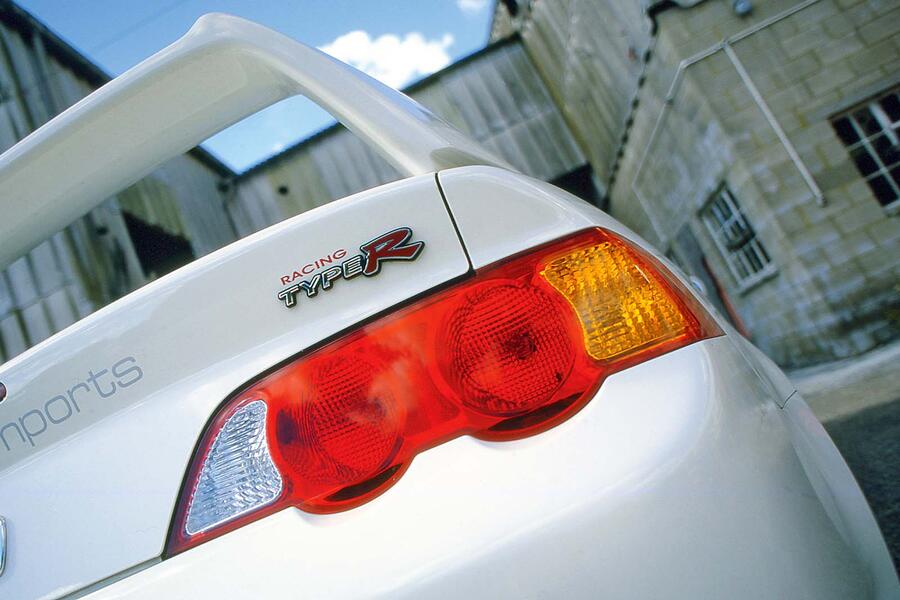
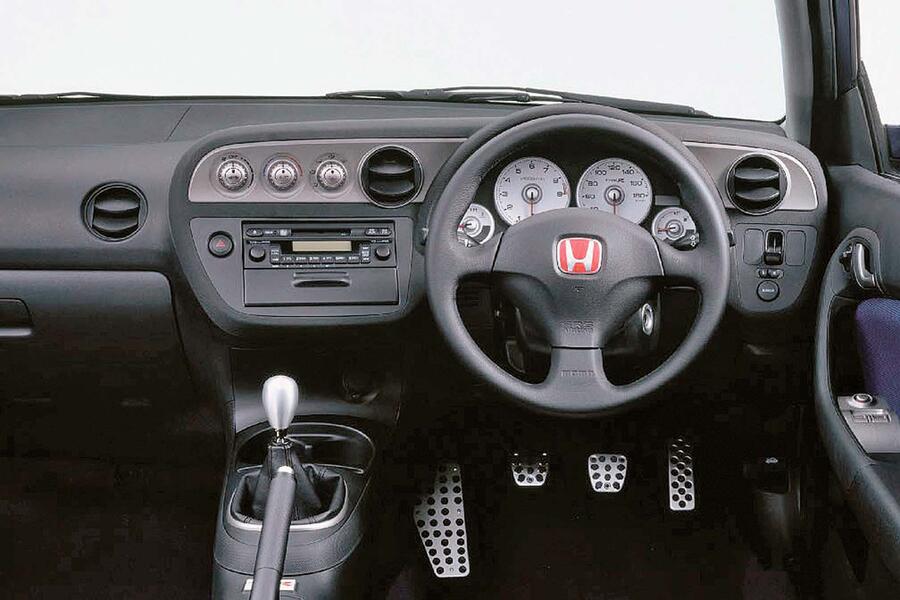
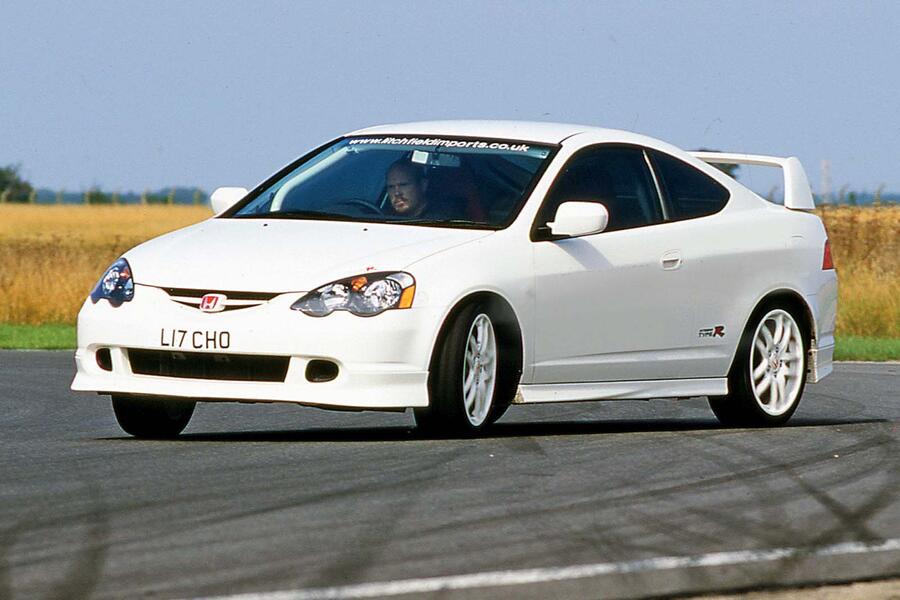
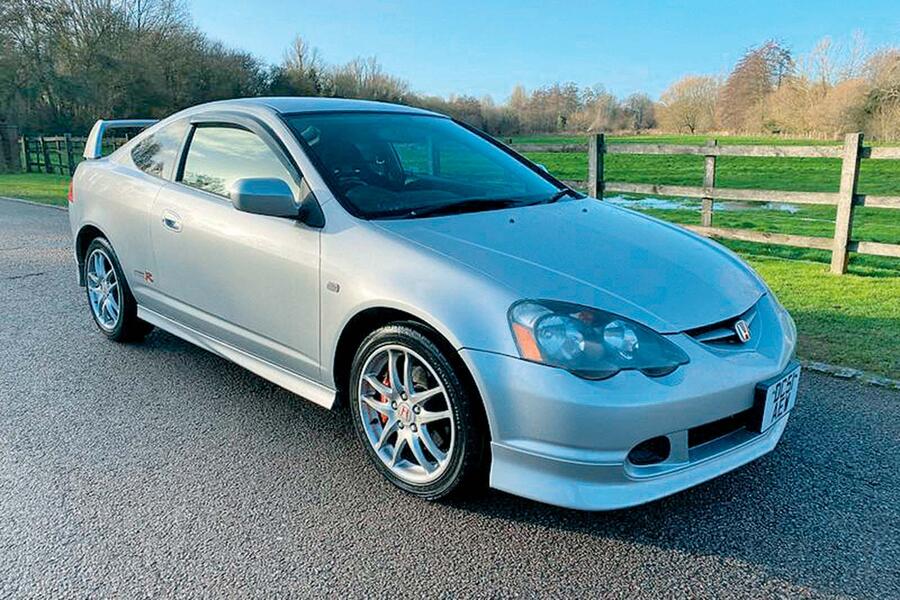



Join the debate
Add your comment
I bought a Civic Aerodeck back in 96 which my work colleague seemed to like. Off he went to buy one but came back with one of these Integra Type Rs. Unfortunatley he fell for the hype. Yes the enthusiasts might drool over that engine and reports of how great a car it was but in reality it was the most uncomfotable car to travel in. I couldn't last more than 10mins in the car, the noise done my head in. I'm sure it was a great track car but road car? No thanks.
His didn't last the year before he traded it in for an Aerodeck.
Definitely one of the really special cars from the turn of the century and fantastic fun to drive. But 20 years on around £20k for a good one? I think I'd opt for a late model Toyota GT86 instead - almost as special, but newer, safer and probably needing less attention to keep it in good fettle.